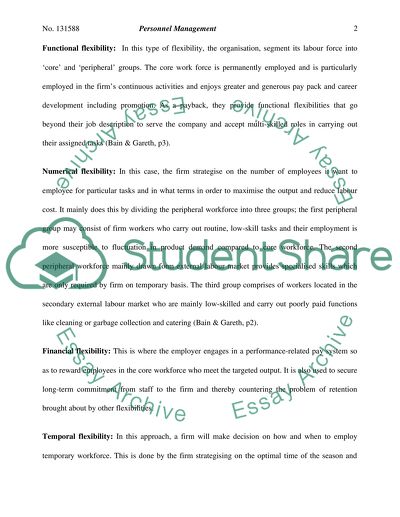Cite this document
(Advantages and Disadvantages of Work Flexibility from the Perspective Assignment, n.d.)
Advantages and Disadvantages of Work Flexibility from the Perspective Assignment. Retrieved from https://studentshare.org/human-resources/1528250-personnel-management-master-assignment
Advantages and Disadvantages of Work Flexibility from the Perspective Assignment. Retrieved from https://studentshare.org/human-resources/1528250-personnel-management-master-assignment
(Advantages and Disadvantages of Work Flexibility from the Perspective Assignment)
Advantages and Disadvantages of Work Flexibility from the Perspective Assignment. https://studentshare.org/human-resources/1528250-personnel-management-master-assignment.
Advantages and Disadvantages of Work Flexibility from the Perspective Assignment. https://studentshare.org/human-resources/1528250-personnel-management-master-assignment.
“Advantages and Disadvantages of Work Flexibility from the Perspective Assignment”, n.d. https://studentshare.org/human-resources/1528250-personnel-management-master-assignment.


